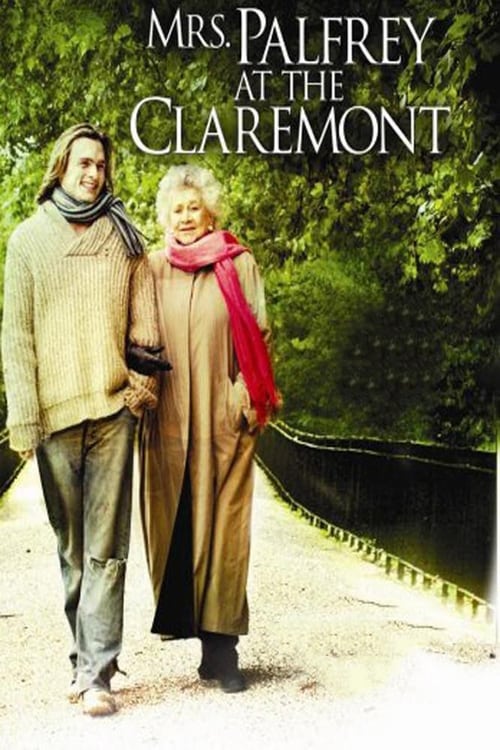

They all rely on their families for visits, trips out and material for social interactions and status.

None of the old people would live in the Claremont if their families had taken them in.

They are aging and it is inconvenient and embarrassing to them, their families and to the staff. The similarity to boarding school is explicit. The institution infantilises them through the routines of mealtimes. But her position is threatened when the real Desmond appears.Įlizabeth Taylor explores the behaviour of older men and women forced to live in institutions.Īs they aged, the women seemed to become more like old men, and Mr Osmond became more like an old woman.Īt the Claremont they experience loneliness, neglect, boredom and financial problems yet they are concerned to keep up appearances. Mrs Palfrey achieves a grandson and a visitor and establishes her status among the residents. Ludo, who is lonely himself and attracted by the adventure of play-acting agrees to stand in as Mrs Palfrey’s grandson. Having fallen in the street, she is rescued by Ludo, a young writer. Her grandson Desmond has failed to visit her at the Claremont. She moves into the Claremont Hotel on the Cromwell Road in London, joining a small group of elderly residents upon whom Mrs Palfrey practices a deceit. Mrs Palfrey is a genteel widow, needing to live somewhere, not invited and not minded to share a home with her daughter in Scotland. She uses wit and humour to point up how people respond to each other to protect themselves from these difficulties. She doesn’t lump all older people together, shows us individuals coping in the face of difficulties. Published in 1971, in this delightful novel Elizabeth Taylor does a great job of respecting older people and sympathetically revealing the challenges they face. The first in my choice of older women in fiction around the world in the UK is Mrs Palfrey at the Claremont by Elizabeth Taylor.


 0 kommentar(er)
0 kommentar(er)
